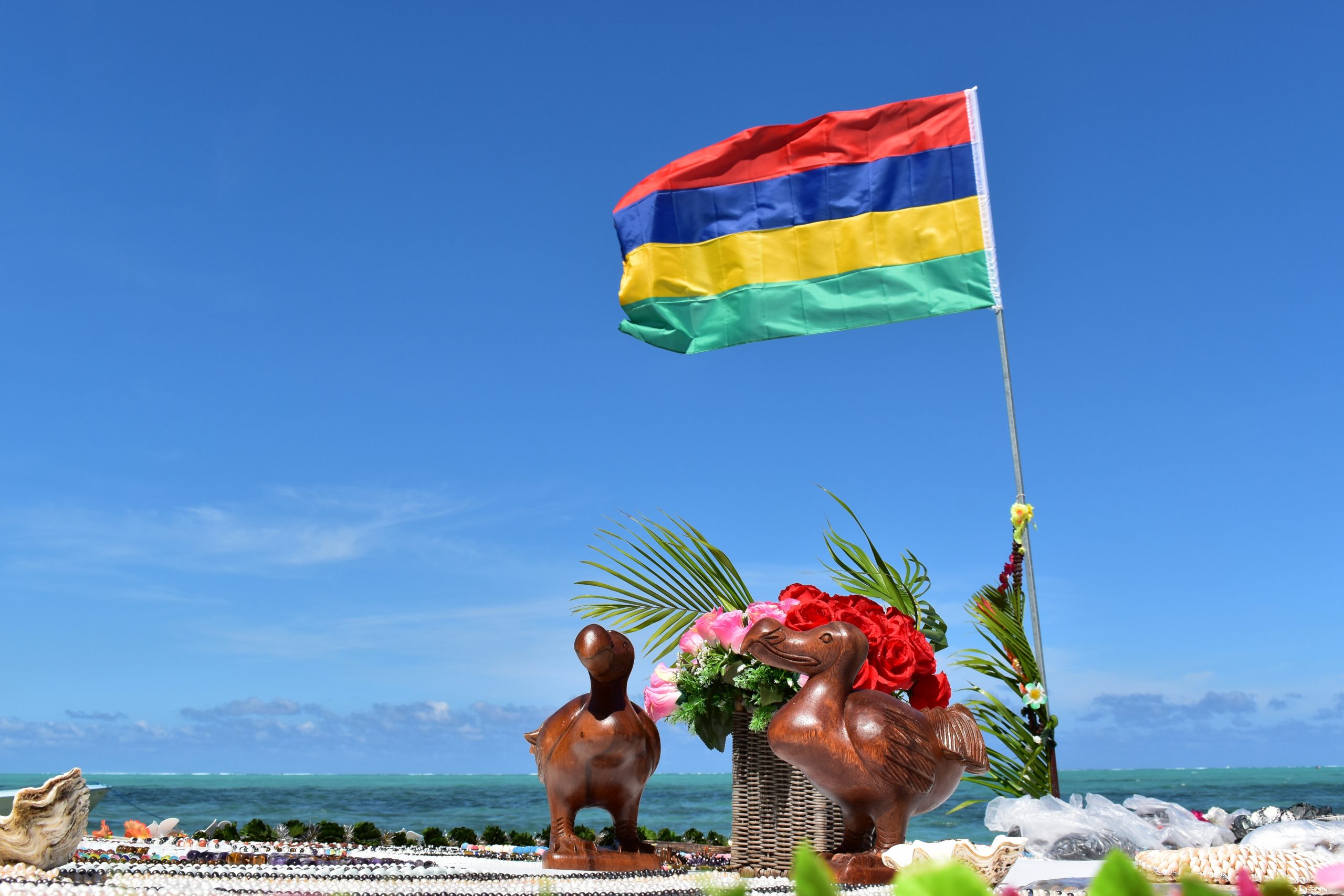5 keys to remember
- Tailored
- Feel at Home
- Authenticity
- Ethics
- Privacy

The dodo is one of the most legendary animals in Mauritius. Besides the dodo from Alice in Wonderland, inspired by the wild imagination of Lewis Caroll, many children’s books are derived from this animal. Children and adults alike will be amazed by the Museum of Natural History in Port-Louis, which takes them on a journey of discovery of this large bird and its environment. Embark on a fascinating quest to discover the last dodo birds of Mauritius.
This large wingless bird was endemic to Mauritius. Called dodo or dronte, it was found only there (a few examples of white dodo in Reunion Island), and its body adapted to the island life. First observed in 1574, the insectivorous and frugivorous dodo lived in the wild throughout the remote island.
Having no predators, the dodo eventually lost its flying ability. Its body, covered with feathers, was 1 m high and weighed about 10 kg. Its plumage was generally white or greyish. It had a long beak of about 20 cm, with a hooked tip to match its diet. The dodo probably used it to break coconuts. Its legs were yellow and robust, similar to those of chickens. The dodo, nesting on the ground, became an easy prey when the first humans arrived in Mauritius.
When the Dutch took possession of Mauritius in 1598, the animal could not escape. A slow-moving creature, it was hunted extensively for its fat (and not for its meat, whose smell and texture were not very appetising).
The Dutch settled in Mauritius in 1634 and built a fort near their landing place. The clearing of forests to make way for imported crops such as sugar cane, rice, tobacco, indigo, vegetables and citrus fruits, and the increasing human population played a major role in the extinction of the dodo. Easily hunted because of its inability to escape or defend itself, its endangered habitat facing the human predator, it is believed that the last dodo specimens were observed around 1690. Only found in Mauritius and in tiny quantities in Reunion, the dodo disappeared completely from the earth and was considered an extinct race at the end of the 17th century.
Although there are also many dodo bones in various museums around the world, it is at the Port Louis Museum that you will have the chance to admire a great collection. Upon entering the museum, the first dodos, the work of local artists, greet you in the oldest museum in the country and in southern Africa. It displays collections starting in the early 19th century of specimens of the fauna and flora of the Mascarene Islands, in particular specimens endemic to Mauritius. The skeleton of the Mauritian dodo is on public display. It was acquired by the museum in 1900, after its discovery in the Caverne Patate. A faithful reconstitution of a dodo is also on display, showing the origins of its extinction. It is also represented in old engravings and paintings that bring the legendary animal back to life.
Port Louis Museum is well aware of this unique asset and has embarked on a major virtual reality project. Indeed, it is soon planned to recreate the dodo ecosystem of the 1600s. You will not only be able to see the dodo in its natural environment, but also to touch it or walk with it. In the meantime, a new exhibition of artistic works presents Chiruy, a Dodo family.
Although Port-Louis Museum does not benefit from the latest technology, it remains a beautiful historical museum with interesting collections of local flora and fauna. The dodo obviously has pride of place. Even if the mythical animal no longer exists in Mauritius, it has largely inspired local craftsmen. Made of wood, natural or painted, you can take home a lasting souvenir of the Mauritian dodo in your luggage.